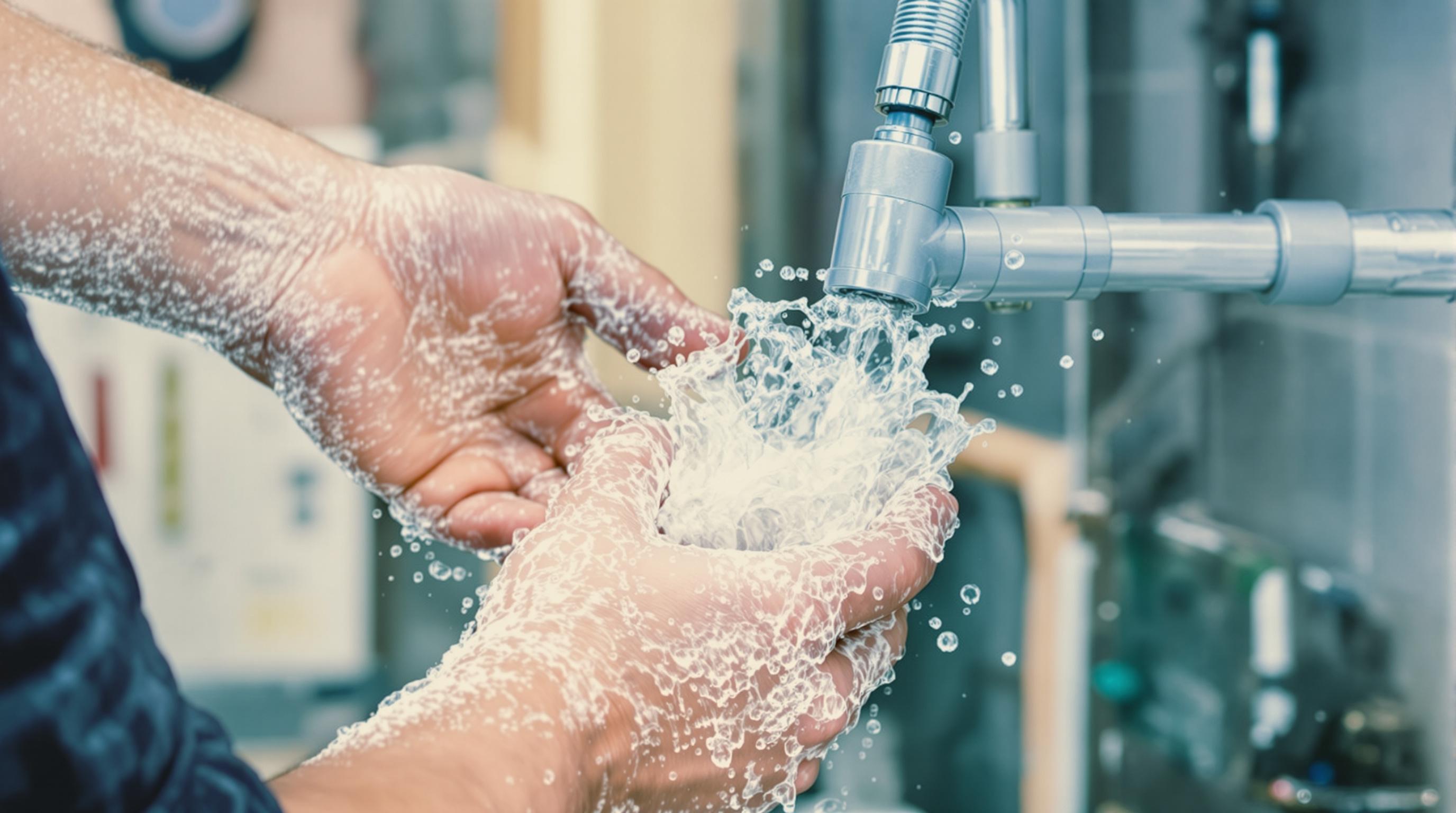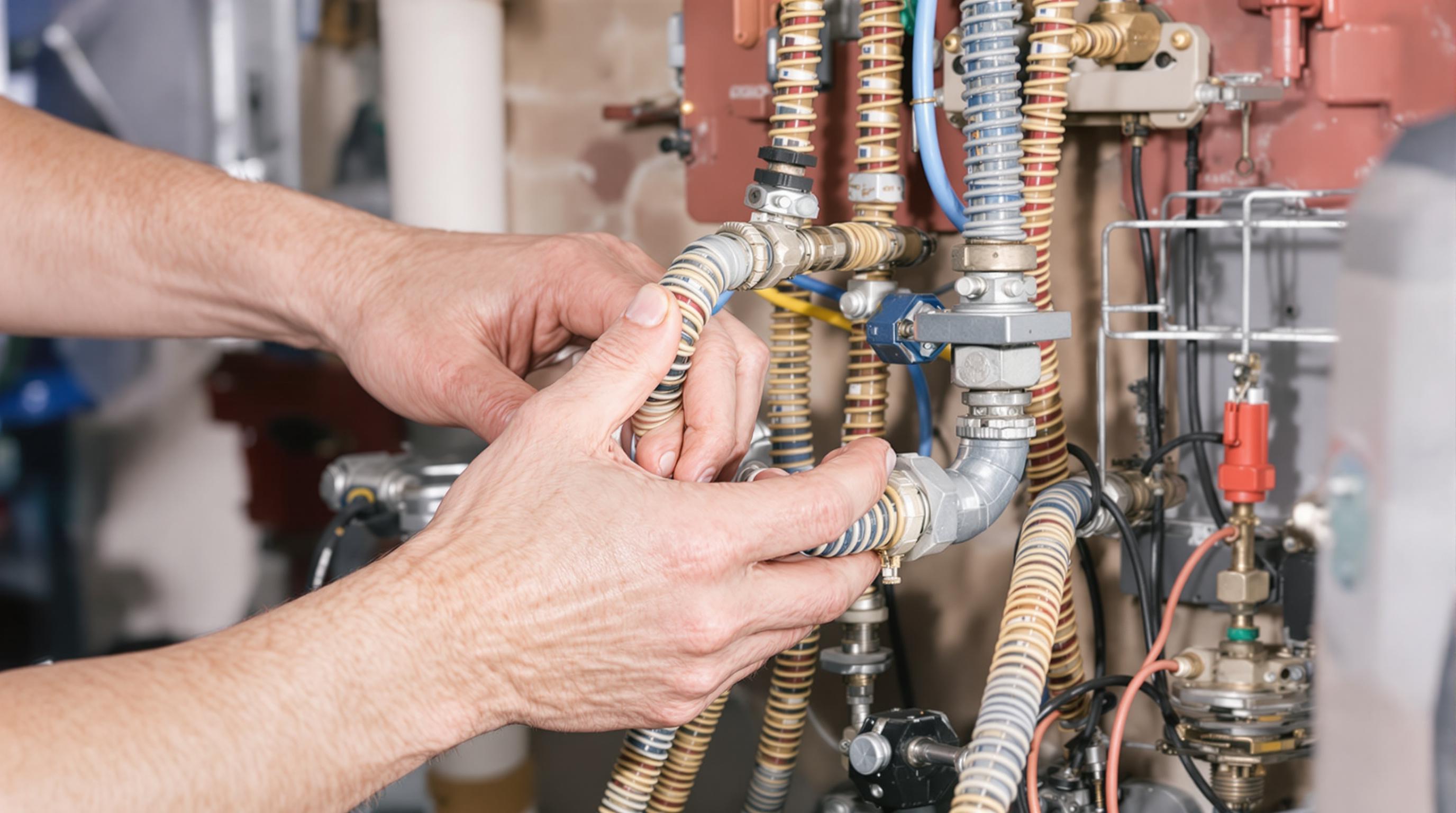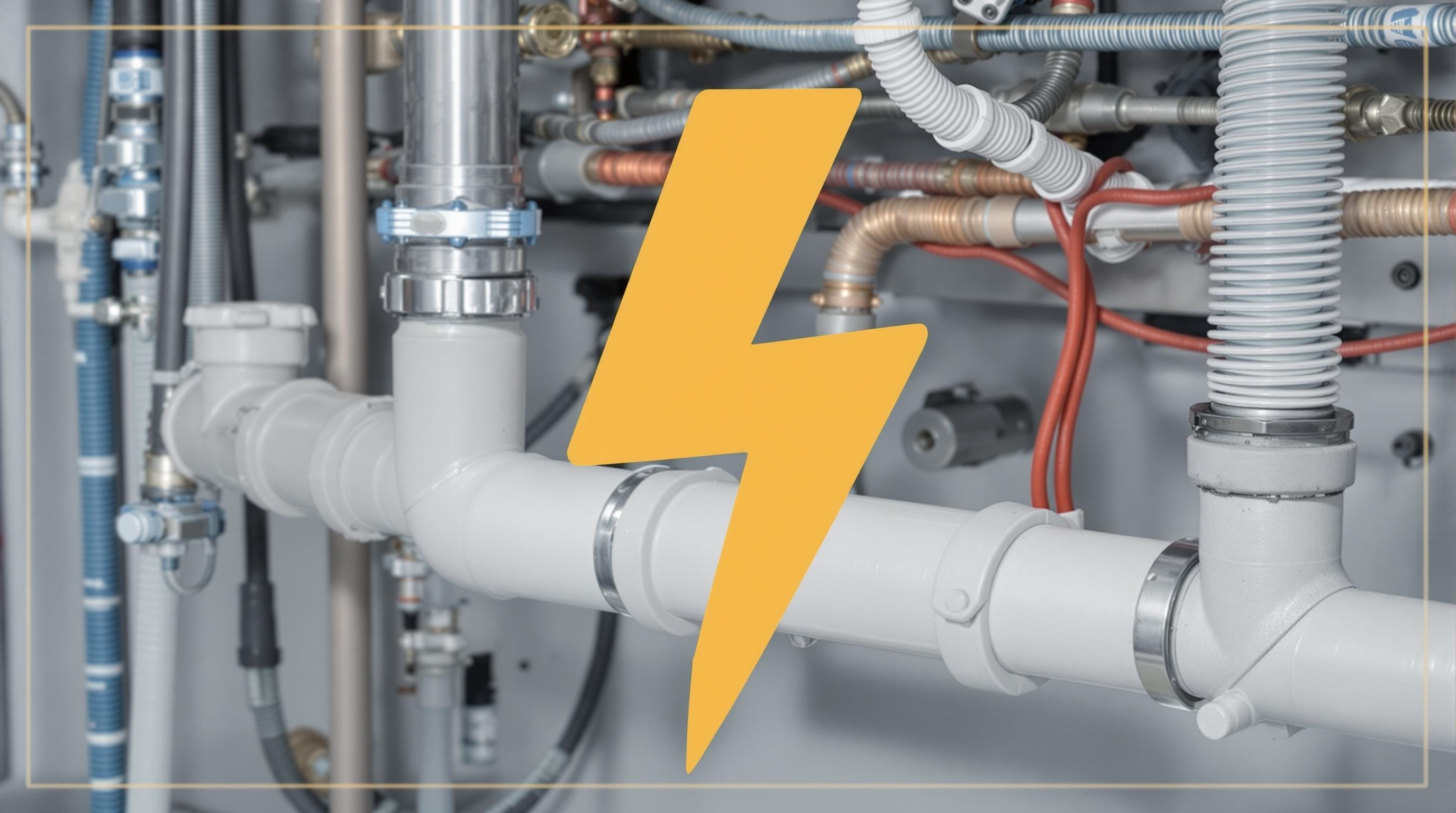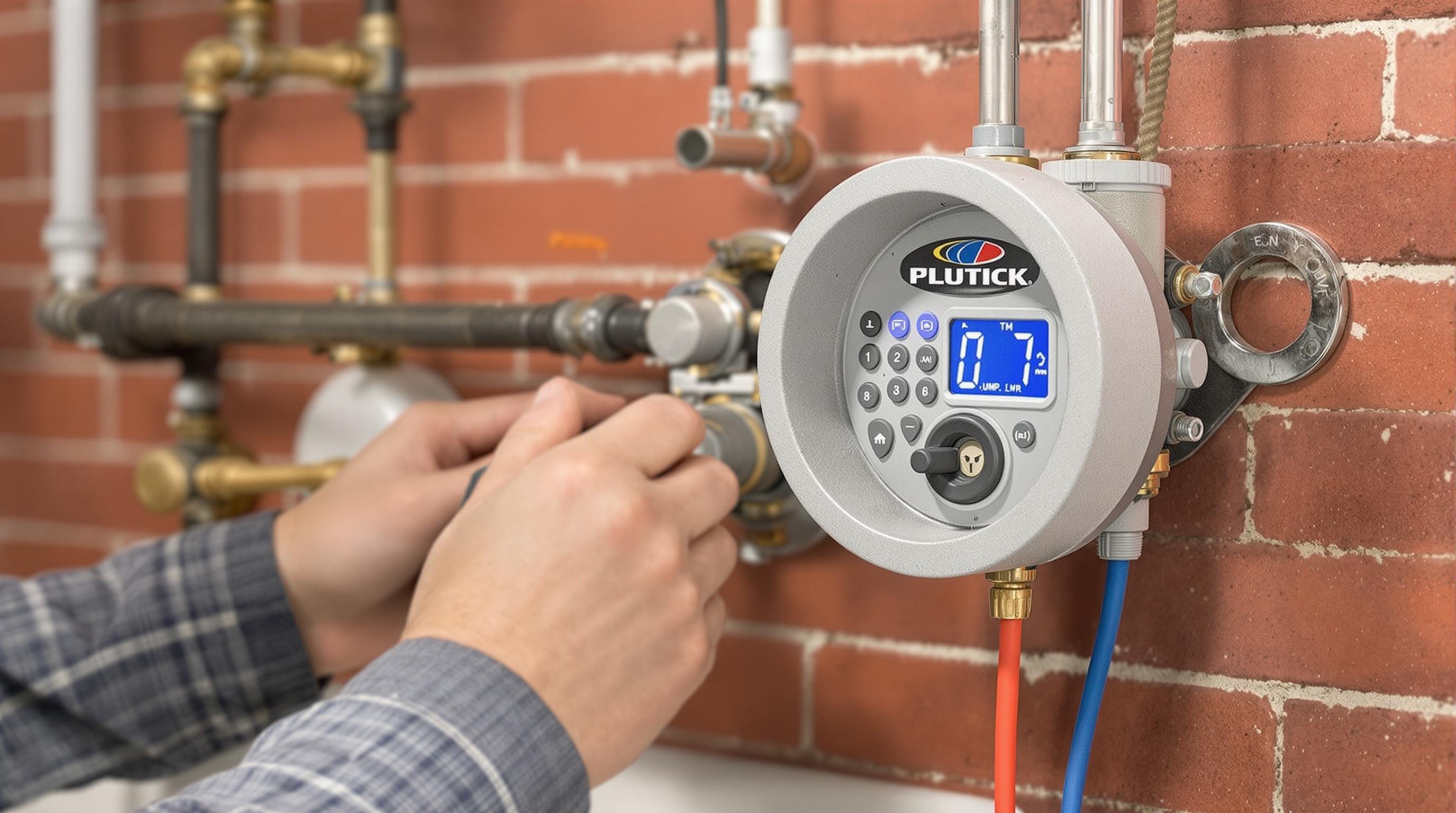Related Articles
- The Hidden Influence of Ergonomics: How Tool Design Shapes Our Physical Spaces and Daily Lives
- The Silent Influence: How Hidden Home Implements Shape Our Daily Routines and Spaces
- The Counterintuitive Role of Chaos: How Messy Tool Storage Can Lead to Unexpected Home Innovations
- Exploring the Unseen: How Audio Experiences Shape the Art of Domestic Spaces and Color Perception
- Rethinking the Mundane: How Everyday Objects are Becoming the Canvas for Modern Artistic Expression in Home Spaces
- Cultivating Chaos: The Surprising Benefits of Embracing Weeds in Your Garden Ecosystem
7 Overlooked Household Chemistry Interactions Between Plumbing and Electrical Systems That Could Affect Your Family's Health
7 Overlooked Household Chemistry Interactions Between Plumbing and Electrical Systems That Could Affect Your Family's Health
Introduction
Household systems, such as plumbing and electrical setups, are often seen as separate entities. However, they can influence each other in ways that affect your family's health. Understanding these interactions helps homeowners mitigate risks associated with poorly maintained systems and hidden chemical reactions.
This article will explore seven overlooked chemical interactions between plumbing and electrical systems, revealing how they can inadvertently contribute to health hazards. By being aware of these interactions, homeowners can take proactive measures to protect their families.
From corrosion and leaching to electrical shorts caused by moisture, the implications are far-reaching. Let's delve into these topics and understand the potential risks better.
1. Corrosion from Electrolysis
Electrolysis occurs when electrical current travels through water, ultimately accelerating the corrosion of plumbing materials. This is particularly common in homes with older plumbing systems that may contain metals like copper or lead.
The byproducts of corrosion can leach into drinking water supplies, potentially leading to serious health issues. Contaminants such as lead are known to cause neurological problems, particularly in children.
To combat electrolysis, homeowners should consider installing dielectric unions or protective electrical isolation devices to prevent current flow. Regular inspections and system maintenance can also mitigate corrosion risk.
2. Mold Growth Induced by Damp Wiring
Electrical systems that are exposed to moisture can create perfect conditions for mold growth. Leaky pipes or insufficient ventilation can lead to damp environments where mold spores thrive.
Mold exposure can trigger respiratory problems, allergic reactions, and other health issues, especially in individuals with pre-existing conditions such as asthma. The presence of mold could also indicate a larger plumbing issue, such as improper seals or pipe erosion.
Homeowners should conduct regular checks for leaks and ensure proper ventilation in areas prone to moisture, such as bathrooms and basements. Utilizing moisture-resistant wiring can also mitigate risks.
3. Chemical Reactions with Water Treatments
Many households utilize chemicals for water treatment, such as chlorine or chloramine, which can interact adversely with electrical systems. Improperly maintained electrical appliances can lead to residues that combine with water treatment chemicals.
For example, chlorine can react with certain electrical components, forming potentially harmful gases. Exposure to chlorinated byproducts can lead to respiratory issues and irritation.
To minimize these risks, homeowners should ensure proper maintenance and regular professional inspections of both plumbing and electrical systems, particularly those involving water treatment equipment.
4. Harmful Biofilm Formation
Biofilms can develop within plumbing systems, especially in stagnant water. These biofilms can produce toxins when stimulated by electrical current from attached appliances or fixtures.
Some biofilm components can be hazardous, contributing to chronic health issues, including infections. Individuals with compromised immune systems are particularly at risk.
Preventative measures include ensuring well-maintained plumbing systems and reducing water stagnation, particularly in fixtures that are less frequently used.
5. Electromagnetic Fields and Water Quality
Electromagnetic fields (EMFs) generated by electrical systems may interfere with the properties of water, affecting water quality. Some researchers suggest that EMFs can influence water chemistry at a molecular level.
While more research is needed to fully understand these effects, some studies suggest that prolonged exposure to high EMF levels may contribute to health issues, including headaches and fatigue.
Minimizing exposure can include strategic placement of electrical systems and appliances, ensuring they're away from primary water sources while incorporating adequate shielding materials.
6. Aged Infrastructure Risks
Homes with outdated plumbing or electrical systems pose significant health risks due to their susceptibility to failures and inefficiencies. Leaky pipes can introduce contaminants into the water supply, while electrical systems may not handle modern loads effectively.
Subpar infrastructure can lead to scenarios where moisture interacts with electrical components, increasing the risk of short circuits or electrical fires. Moreover, the risk of contaminated water can lead to severe health problems.
Upgrading both plumbing and electrical systems is crucial for ensuring safety and maintaining a healthy environment. Regular inspections and adhering to building codes are essential practices.
7. Cross-Connection Contaminants
Cross-connections between plumbing and electrical systems can lead to backflow contaminants entering clean water lines. Such interactions may happen when improper plumbing connections coexist with electrical outlets or appliances.
Contaminated water can impact health, potentially introducing pathogens or chemicals into the drinking water supply. This issue is particularly dangerous in homes with mixed-use spaces.
To prevent cross-connections, homeowners should engage certified professionals for installations and repairs while employing backflow preventers to maintain water integrity.
Conclusion
Understanding the overlooked interactions between plumbing and electrical systems is crucial for ensuring the health and safety of your household. By being proactive about maintenance and aware of potential hazards, families can protect themselves from health risks.
Regular inspections, professional assessments, and timely upgrades to both systems can significantly reduce the likelihood of harmful interactions and improve overall household safety.
Ultimately, fostering an awareness of these interactions empowers homeowners to create a safer living environment for their families, promoting long-term health and well-being.





